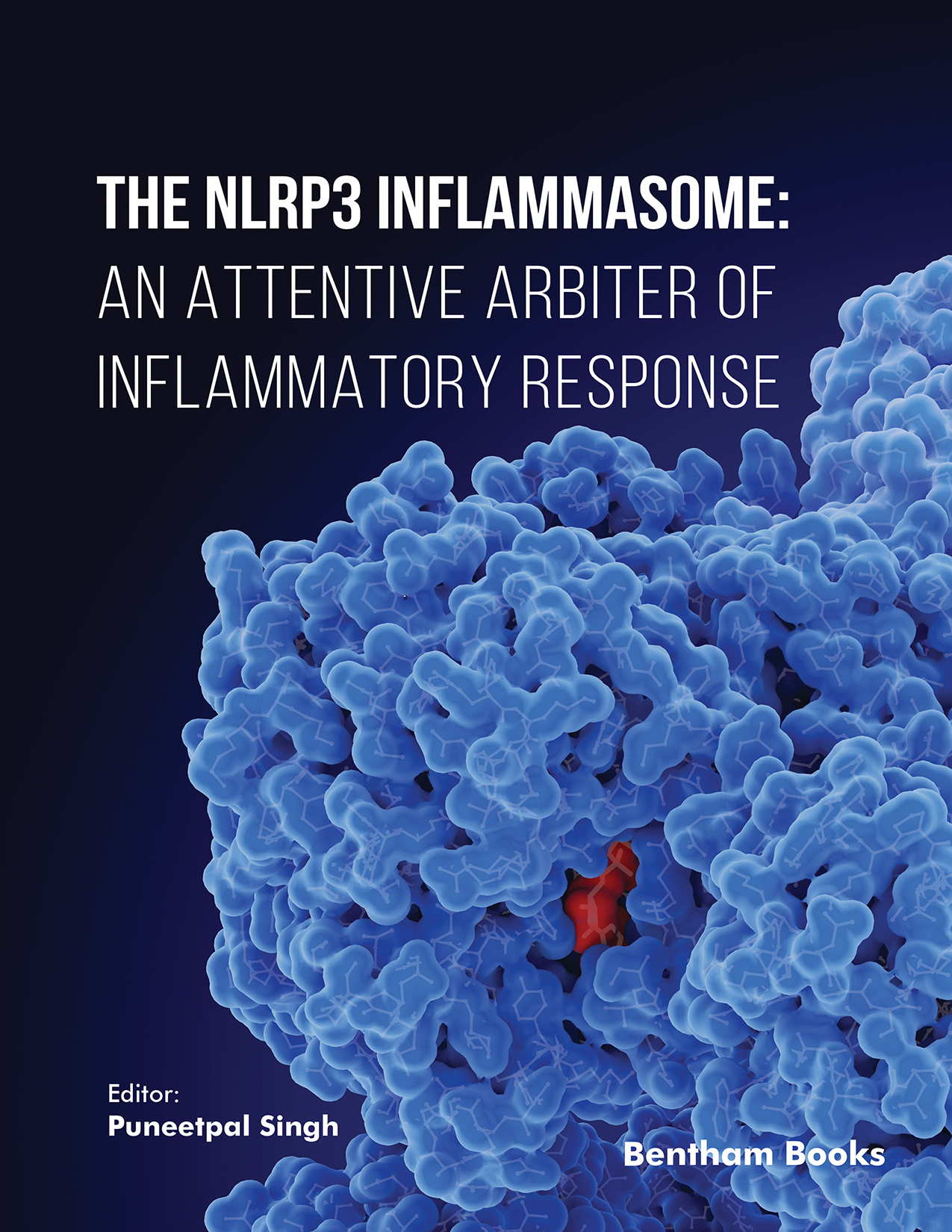Introduction
Inflammation triggers specific metabolic pathways and if not resolved, translates into several painful diseases such as rheumatoid arthritis, lupus, Alzheimer’s disease, cardiovascular disorders and psoriasis. Various processes have been explored to understand the factors behind inflammation and consequently, many mechanisms have been examined to suppress it. The nucleotide-binding domain like receptor 3 (NLRP3) inflammasome is an example of such factors which is responsible for triggering sterile and microbe induced inflammation. Studies of genetic variants of the related gene have revealed insights into the mRNA expression pathways that may help researchers to identify crucial disease mechanisms.
This book is a review of the scientific findings of distinguished scholars who have studied NLRP3 inflammasome activation and its contribution in worsening the outcomes of inflammatory disorders.
This collection of chapters covers many aspects of the multifaceted role of NLRP3 inflammasome. Beginning with airway inflammation and fibrosis, it progresses to explore its involvement in pulmonary hypertension, heart diseases, tuberculosis, cardiovascular complications, and childhood asthma. Additionally, it examines the inflammasome's impact on protozoan parasitic infections and neuropathic pain. The chapters not only elucidate the intricate mechanisms of NLRP3 activation but also discuss potential inhibitors and therapeutic targets. Readers will gain a comprehensive understanding of the NLRP3 inflammasome's diverse implications across different physiological contexts. The book includes references making this book a valuable treatise of insights for researchers, clinicians, and healthcare professionals.
Readership:
Researchers, clinicians, and healthcare professionals.

